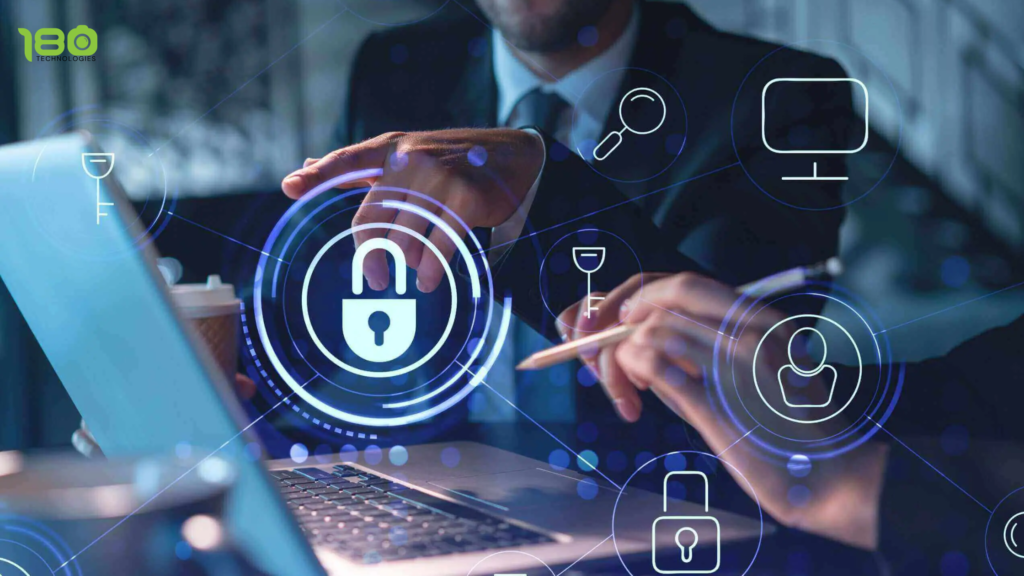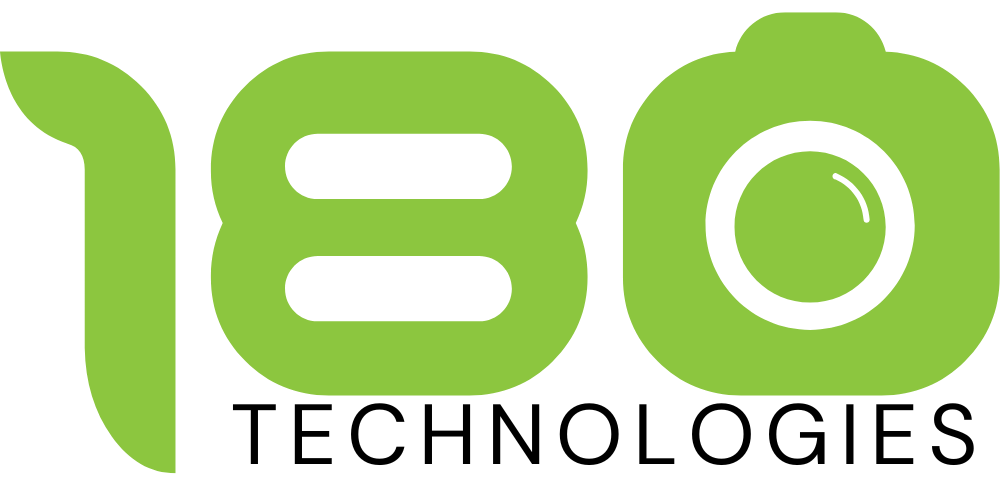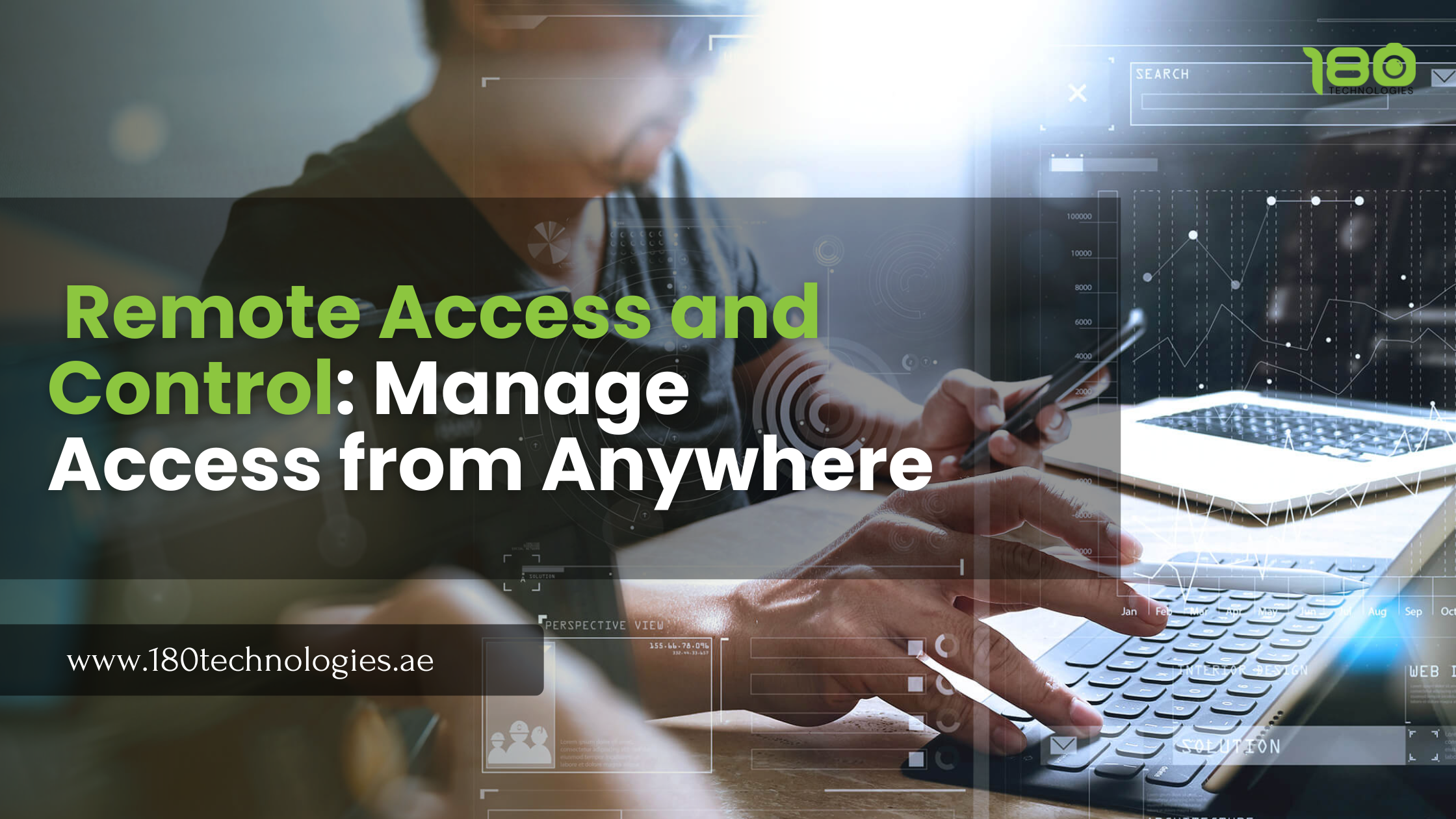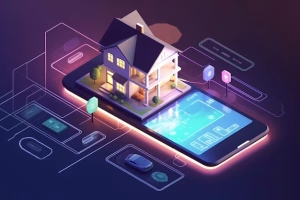Remote access and control have transformed the way businesses and individuals operate in a digital-first world. With the ability to manage systems from any location, organizations can ensure continuity, flexibility, and efficiency. This blog will guide you through the fundamentals of remote access, its importance, the tools available, and best practices for secure implementation.
What is Remote Access and Control?
Remote access refers to the capability to access a computer, network, or system from a remote location. This technology enables users to manage resources and perform tasks without being physically present. Access control, on the other hand, ensures that only authorized users can gain entry to critical systems and data.
Together, these concepts allow seamless management of IT infrastructure, whether you’re troubleshooting issues, accessing files, or monitoring operations. Industries ranging from healthcare to finance rely heavily on remote access solutions to maintain operational efficiency.
The backbone of remote access lies in secure protocols such as VPNs (Virtual Private Networks), RDP (Remote Desktop Protocol), and cloud-based platforms. These tools provide encrypted channels, ensuring data integrity and security. By leveraging these technologies, businesses can remain agile in a fast-paced environment.
Why Remote Access is Crucial in Today’s World
The shift toward remote work and decentralized teams has highlighted the importance of remote access. It’s no longer a convenience but a necessity for businesses looking to stay competitive.
Discover trending smart home related articles
Enhancing Productivity with Remote Access
Remote access eliminates geographical barriers. Teams can collaborate on projects, access necessary resources, and address customer needs promptly.
For example, IT professionals can troubleshoot issues without traveling to the site, saving time and costs. Similarly, sales teams can access customer data while on the move, improving responsiveness.
These efficiencies lead to improved productivity, streamlined operations, and better resource utilization. Employees can also achieve a better work-life balance, contributing to higher job satisfaction.
5 Benefits of Smart Home Automation
Strengthening Security for Remote Management
While remote access offers flexibility, it’s critical to prioritize security. Cyberattacks targeting remote systems have increased, making secure protocols essential.
Strong encryption, firewalls, and regular updates are vital for protecting sensitive data. Companies should also train employees on recognizing phishing attempts and adhering to security policies.

By implementing robust security measures, businesses can harness the benefits of remote access without compromising data integrity.
Tools and Technologies for Effective Remote Access
A range of tools enables efficient remote access. These technologies cater to diverse needs, from small businesses to large enterprises.
Popular Remote Access Software
Leading tools such as TeamViewer, AnyDesk, Microsoft Remote Desktop, and provide user-friendly interfaces and secure connections. Additionally, cloud-based platforms like AWS and Google Workspace enhance functionality, enabling seamless real-time collaboration for teams.
Choosing the Right Solution for Your Needs
Selecting the right tool depends on factors such as scalability, security features, and budget. Evaluate your organization’s requirements and test different options before committing.
Ensure the solution aligns with your goals, supports your infrastructure, and provides the level of control needed for seamless management.
Best Practices for Secure Remote Access
Adopting best practices ensures that your remote access strategy remains effective and secure.
Implementing Multi-Factor Authentication
Multi-Factor Authentication (MFA) adds an extra layer of security by requiring users to verify their identity through multiple methods. This reduces the risk of unauthorized access.
MFA combines something you know (password), something you have (device), and something you are (biometrics). Implementing MFA can significantly enhance security.
Regularly Monitoring and Auditing Access
Regular audits help identify potential vulnerabilities and ensure compliance with security protocols. Monitoring access logs provides insights into unusual activity.
By addressing gaps promptly, businesses can prevent breaches and maintain trust in their systems.
The Future of Remote Access: Trends to Watch
As technology evolves, so does the landscape of remote access. Emerging trends like AI-driven automation and zero-trust architecture are reshaping how businesses approach access control.
Artificial intelligence enables predictive security measures, identifying threats before they materialize. Zero-trust models focus on verifying every access request, enhancing overall security.
By staying informed about these trends, businesses can future-proof their operations and adapt to an ever-changing environment.




